Among the following reaction, which from salicylic acid.
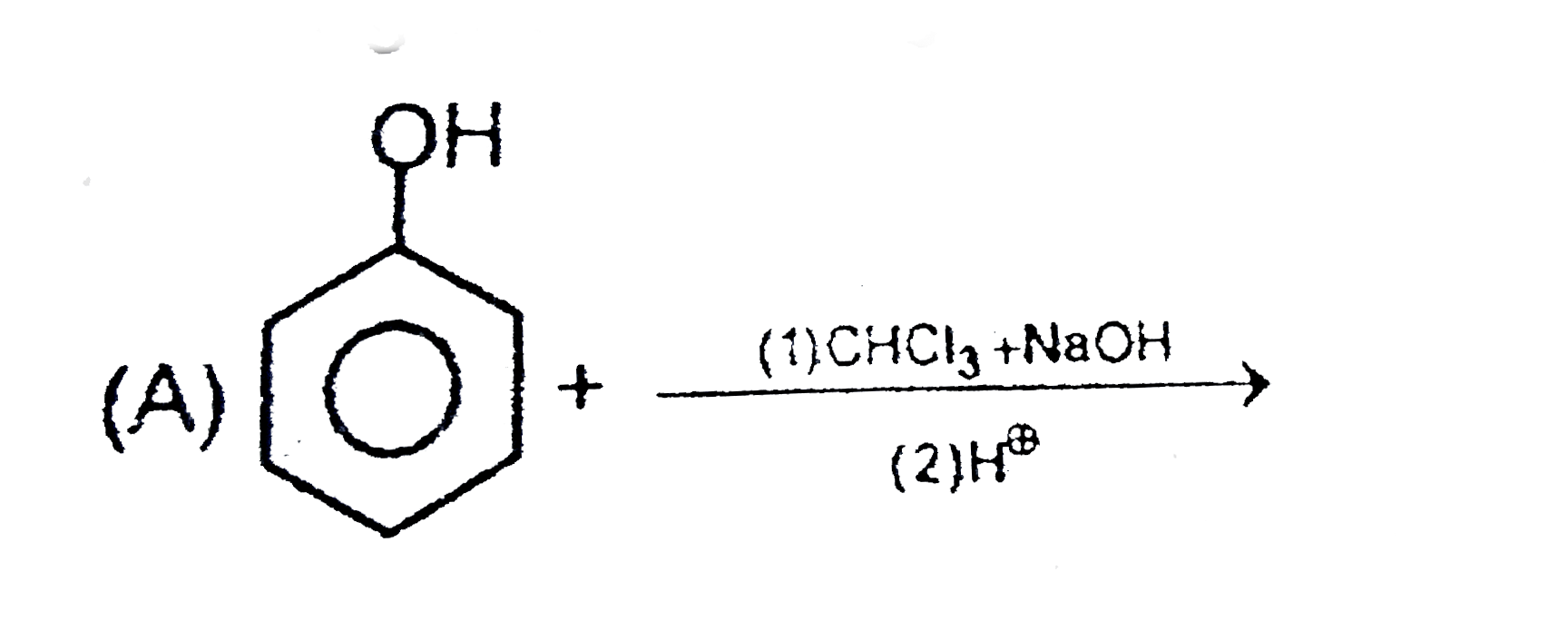
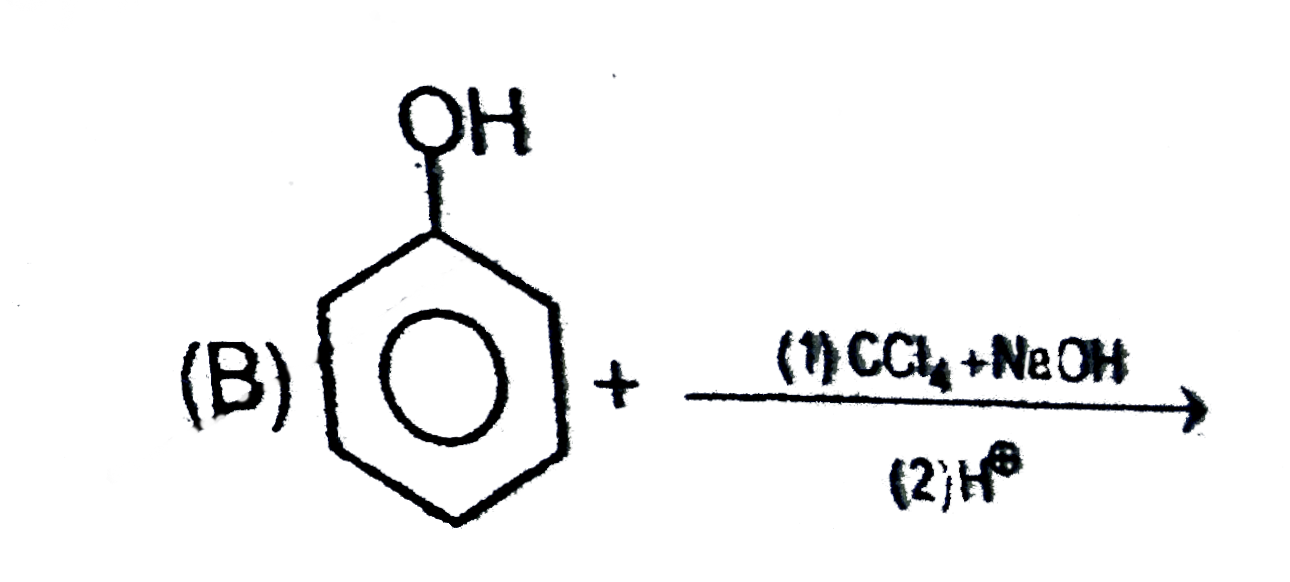
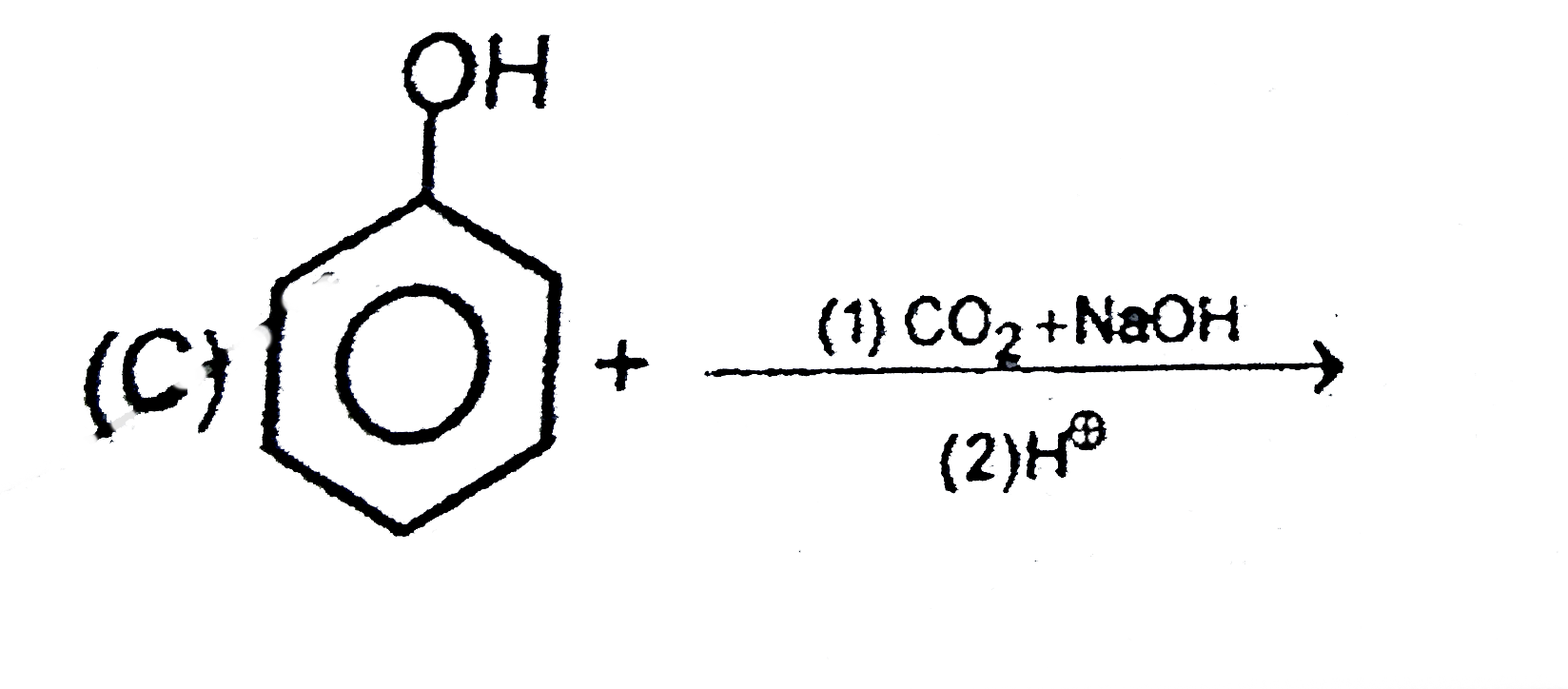
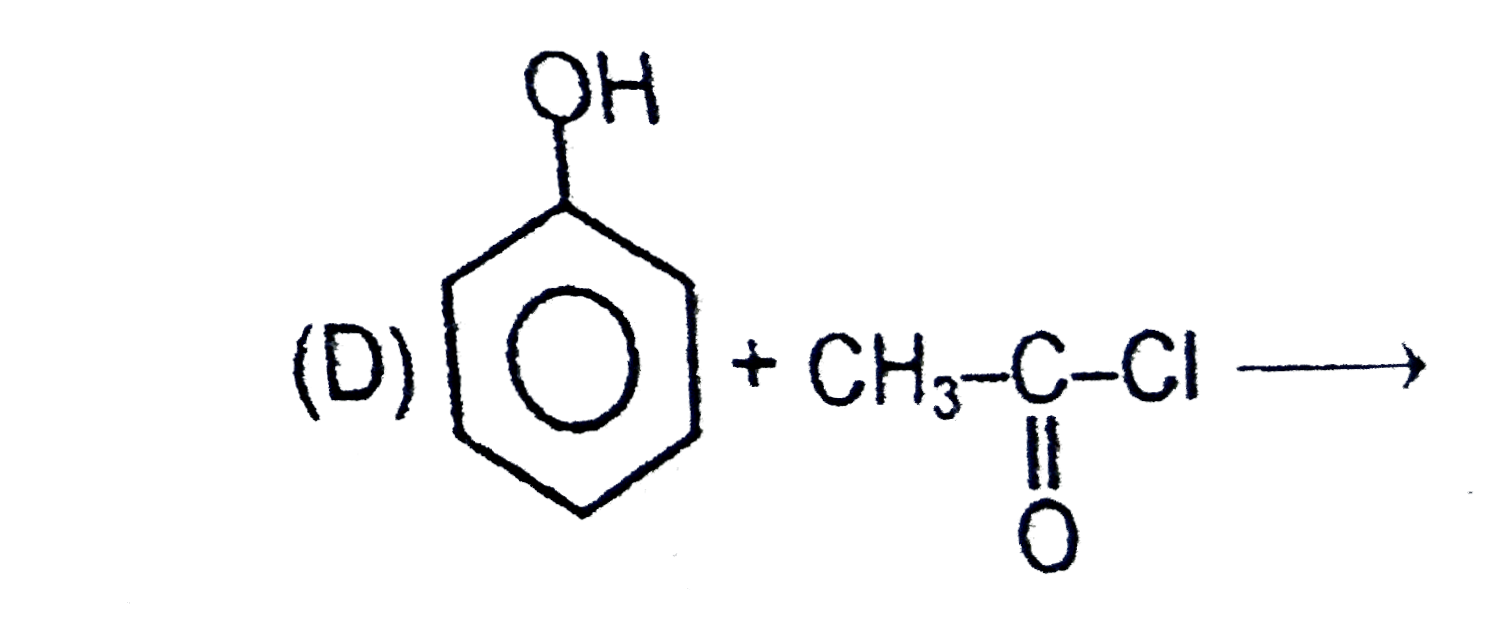
The correct Answer is:B, C
To determine which reactions form salicylic acid among the given options, we need to analyze each reaction step by step.
Step 1: Analyze Option A
- The reaction involves phenol treated with CHCl3 and NaOH followed by H+.
- This reaction is known as the Reimer-Tiemann reaction.
- The products of this reaction are ortho-hydroxybenzaldehyde (salicylic aldehyde) and para-hydroxybenzaldehyde.
- Conclusion: This option does not produce salicylic acid.
Step 2: Analyze Option B
- The reaction involves phenol treated with CCl4 and NaOH followed by H+.
- This is also a Reimer-Tiemann reaction.
- The products formed are ortho-hydroxybenzoic acid (salicylic acid) and para-hydroxybenzoic acid.
- Conclusion: This option produces salicylic acid.
Step 3: Analyze Option C
- The reaction involves phenol treated with CO2 in the presence of NaOH followed by H+.
- This reaction is known as the Kolbe’s electrolysis or Kolbe reaction.
- The products formed include salicylic acid as one of the major products.
- Conclusion: This option produces salicylic acid.
Step 4: Analyze Option D
- The reaction involves phenol treated with acetyl chloride (CH3C(=O)Cl).
- This reaction leads to the formation of phenyl acetate, not salicylic acid.
- Conclusion: This option does not produce salicylic acid.
Final Conclusion:
- The reactions that produce salicylic acid are found in Option B and Option C.
- The reaction involves phenol treated with CHCl3 and NaOH followed by H+.
- This reaction is known as the Reimer-Tiemann reaction.
- The products of this reaction are ortho-hydroxybenzaldehyde (salicylic aldehyde) and para-hydroxybenzaldehyde.
- Conclusion: This option does not produce salicylic acid.
- The reaction involves phenol treated with CCl4 and NaOH followed by H+.
- This is also a Reimer-Tiemann reaction.
- The products formed are ortho-hydroxybenzoic acid (salicylic acid) and para-hydroxybenzoic acid.
- Conclusion: This option produces salicylic acid.
- The reaction involves phenol treated with CO2 in the presence of NaOH followed by H+.
- This reaction is known as the Kolbe’s electrolysis or Kolbe reaction.
- The products formed include salicylic acid as one of the major products.
- Conclusion: This option produces salicylic acid.
- The reaction involves phenol treated with acetyl chloride (CH3C(=O)Cl).
- This reaction leads to the formation of phenyl acetate, not salicylic acid.
- Conclusion: This option does not produce salicylic acid.
- The reactions that produce salicylic acid are found in Option B and Option C.
Topper's Solved these Questions
- TEST PAPERSBOOK - RESONANCE ENGLISHCHAPTER - TEST PAPERSEXERCISE - Chemistry
701 Videos
- TEST PAPERSBOOK - RESONANCE ENGLISHCHAPTER - TEST PAPERSEXERCISE - PT-01
30 Videos
- TEST PAPERSBOOK - RESONANCE ENGLISHCHAPTER - TEST PAPERSEXERCISE - PART - III CHEMISTRY
46 Videos
- SURFACE CHEMISTRYBOOK - RESONANCE ENGLISHCHAPTER - SURFACE CHEMISTRYEXERCISE - Section - 5
1 Videos
- TEST SERIESBOOK - RESONANCE ENGLISHCHAPTER - TEST SERIESEXERCISE - CHEMISTRY
50 Videos
Similar Questions
Knowledge Check
Among the following compounds which is strongest acid
A B
B C
C D
D
Among the following compounds which is strongest acid
A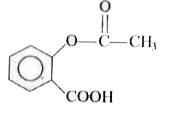 B
B C
C D
D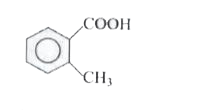
Among the following compounds which is strongest acid
A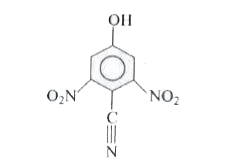 B
B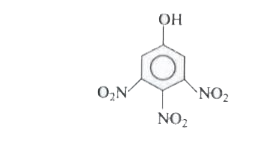 C
C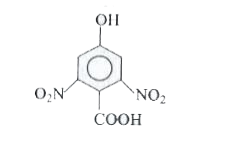 D
D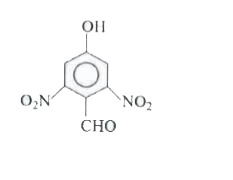
Which of the following reactions would give caproic acid ?
View SolutionWhich among the following reactions will be favoured at low pressure?
View SolutionAmong the following compounds which is strongest acid
View SolutionAmong the following compounds which is strongest acid
View SolutionAmong the following compounds which is strongest acid
View Solution
